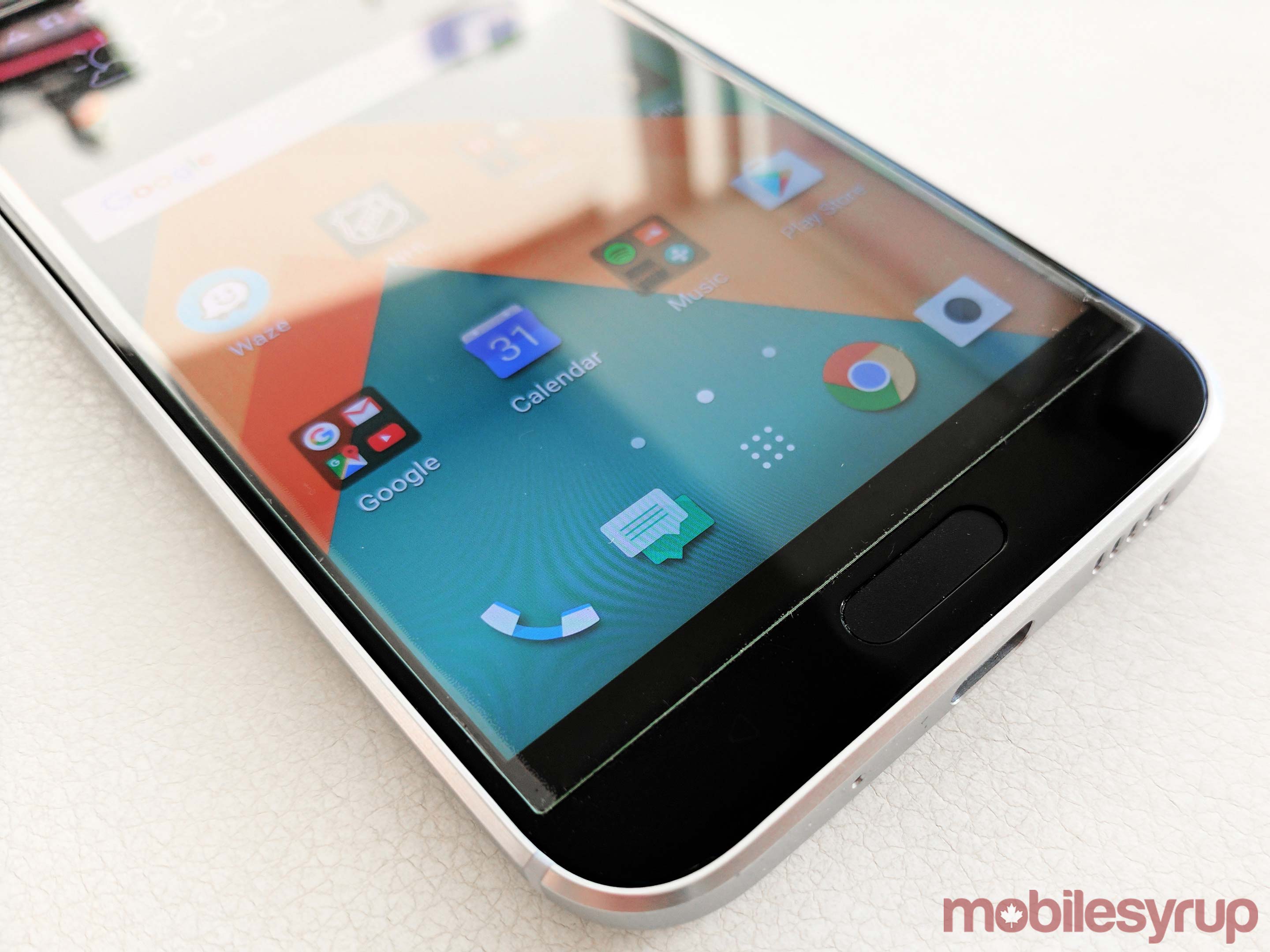
More than six months have passed since the HTC 10 first launched in Canada, but little has changed with the device since late October. HTC’s best smartphone from a design and functionality perspective met with stiff competition in a year where its flagship handset held up well in spite of that.
HTC arguably fumbled whatever momentum it may have built with the One M7 and M8 by releasing a mediocre device in the M9 in 2015. Moving away from the ‘M’ prefix, the 10 was not a reset, but more a corrective device that fixed the camera woes and improved everything else with simple, incremental tweaks in the right direction.
Getting the word out was the issue. While HTC’s Vive VR headset received deserved acclaim, the company’s flagship smartphone seemed to be in a marketing fog. It was made available unlocked directly from HTC — albeit at a hefty price tag of $999.99. Bell was the only carrier offering it on contract.
And so, the conundrum that had plagued the company in the past — where making a solid product simply wasn’t enough to draw a crowd — may have become a crippling barrier again.
The device
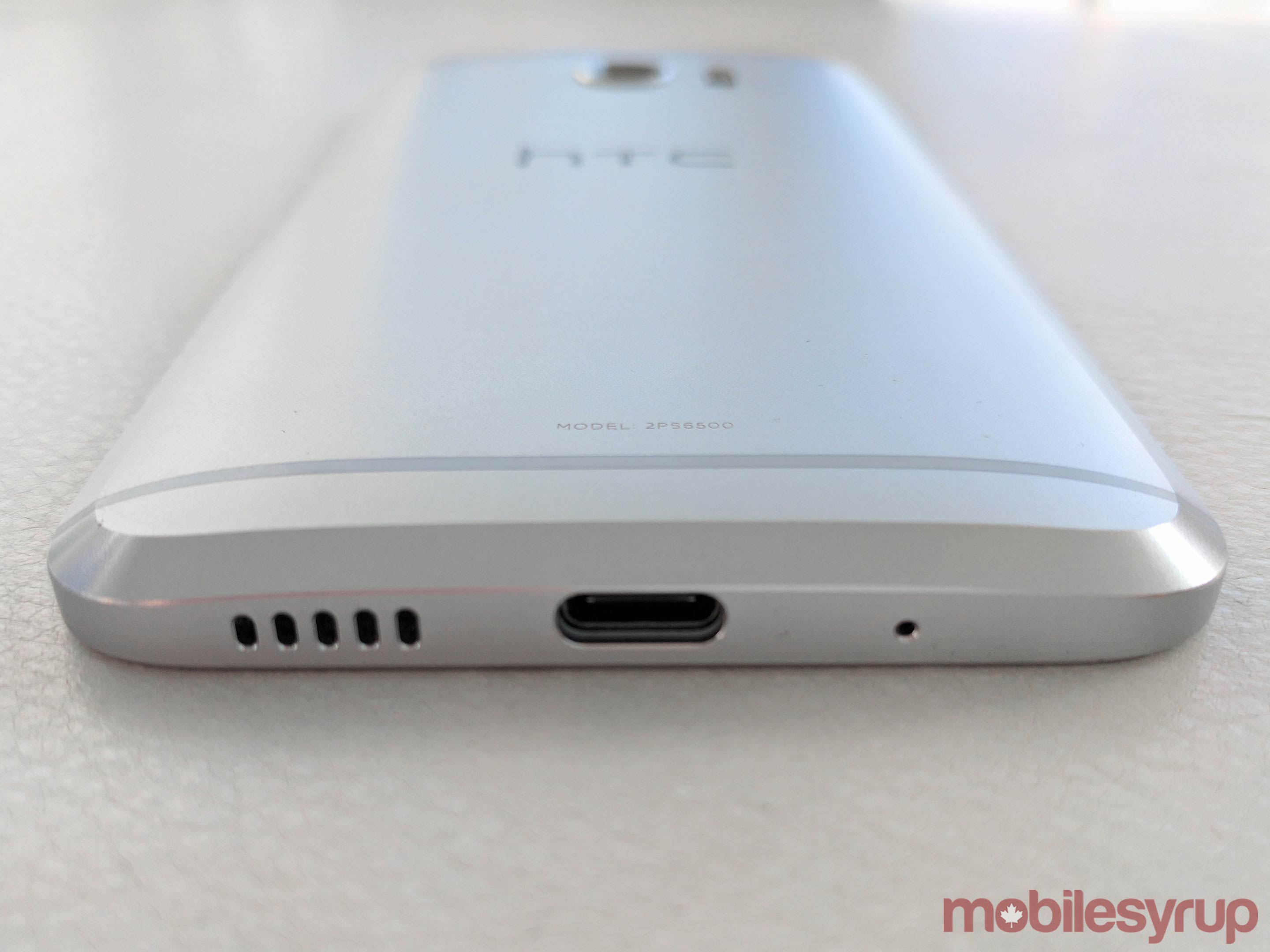
In 2013 and 2014, I had considered the HTC M7 and M8 to be the most attractive and well-built Android phones, respectively, for those years. This was before Samsung and LG raised their game to produce hardware eliciting elite pretenses, except there was always a struggle to gain traction.
The HTC 10 is effectively the same design philosophy on the outside, ensuring a level of manufacturing consistency that is worth applauding. It’s not about the body being made of metal, as nice as it looks, it’s about the fact it feels like a quality product in hand.
To make room for the fingerprint sensor, the BoomSound stereo speakers had to be neutered, so that the lower speaker pumped audio out from the bottom edge of the device. Rather than retreat from its audio focus due to physical constraints, HTC doubled down, boosting the headphone amp and including a DAC (digital-to-analog converter) to deliver superior audio playback, both through the headphone jack and over Bluetooth.
It seems odd that, with audio content being so prevalent on smartphones, most manufacturers haven’t done that much to augment performance in that area. HTC first marketed this back with the ill-fated Windows Phone 8X in 2012, yet made a real point of pushing the narrative with the One A9, even including higher-end earbuds in some markets. The audio boost wasn’t lost on me, personally. I tend to use the HTC 10 as one of my go-to handsets when testing headphones or earbuds because fidelity is more obvious, be it good or bad.
Naturally, this was a feature that needed to be heard. It wasn’t something that could visually stand out on the device itself. Not that there’s much to nitpick about aesthetically because HTC crafted a sleek and stylish phone built to last. The unibody design, aside, a slightly larger 5.2-inch Quad HD Super LCD5 with improved colour gamut and high brightness makes it among the best from a visual standpoint. Capacitive navigation buttons, a solid fingerprint sensor and not-so-bulging rear camera were nice choices. Apart from an improved camera, the Snapdragon 820 quad-core processor, 4GB RAM, 32GB internal storage with up to 2TB of expandability suggested overall performance had the right pieces in place.
The software
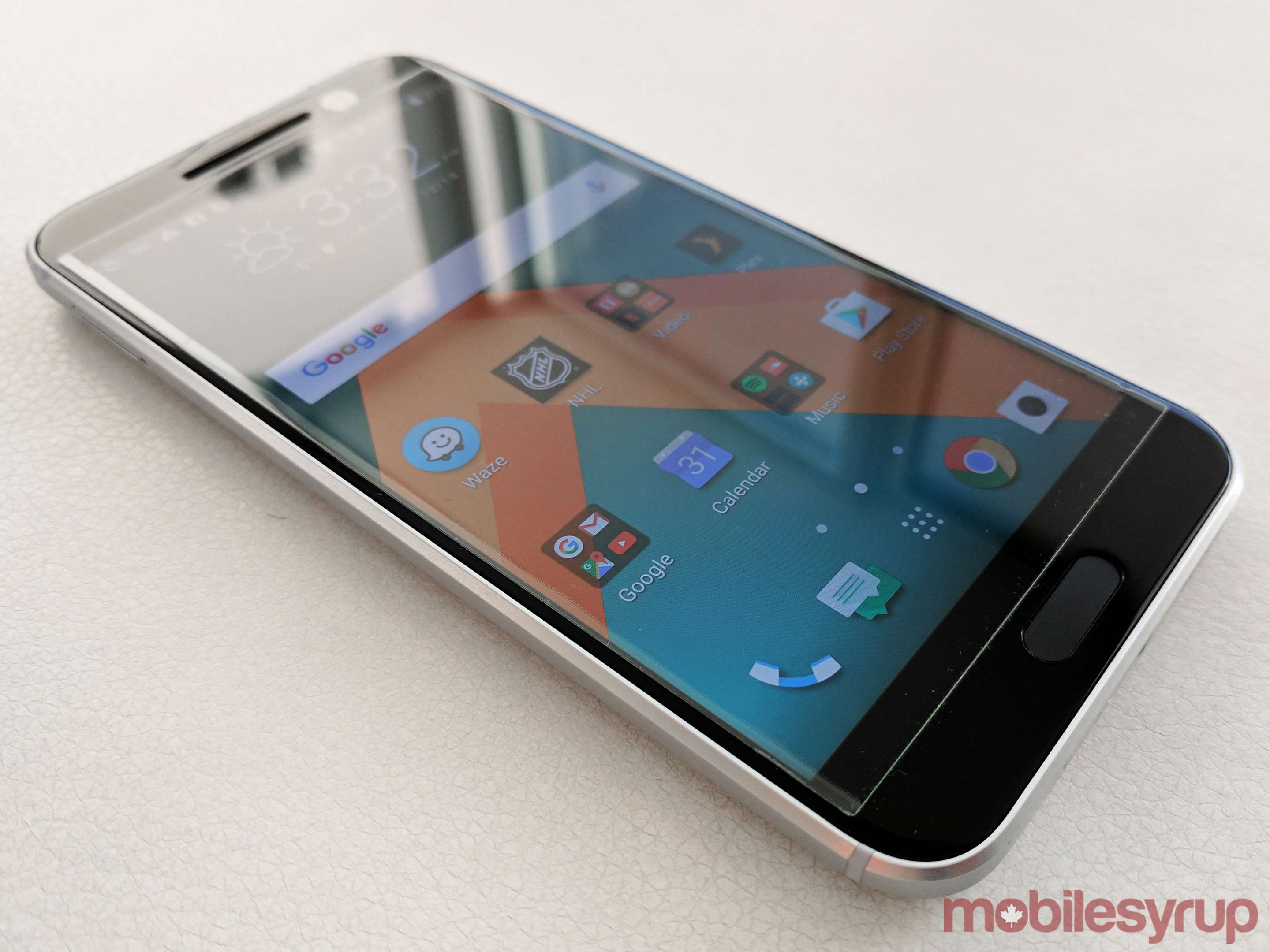
HTC has learned that its Sense UI overlay is better when it isn’t plastered all over Android like a Wanted poster. The restraint has been noticeable from other vendors too, and HTC began taking the right approach on this going back to the M8.
The One A9 was positioned as being the closest to stock Android, making Sense less prominent, reducing or eliminating bloatware and aligning more widely-used features with popular apps. For example, Google Photos is the default gallery. Google Play Music is the default music player. Chrome is the default browser. You get the picture.
BlinkFeed, HTC’s news feed, was relegated to a separate screen you could swipe in from the home screen, and it could be disabled. Zoe, HTC’s photo/video editor, is embedded as an option in the camera interface, as well as a standalone app. Outside of that, however, the amount of unnecessary bloat is minimal to non-existent.
Instead, the company has focused on offering “themes” as a way to personalize the layout with unique wallpapers, icons, colours, fonts, sounds, notifications — even going as far as to include Theme Maker Pro for creating new ones from scratch. A social component required signing in with an HTC account for full access and the ability to follow other users. It’s well-intentioned, but is one of those features that can only go as far as adoption takes it, which doesn’t appear to have been substantial months later.
Most of HTC’s own apps are left tucked away, almost as if to not make them obvious. The Tools folder includes Boost+, an app designed to clear up clutter and optimize memory. I never really felt like the 10 needed this ‘boost’ on any regular basis, but I don’t view its presence as a bad sign. Even if the immediate impact isn’t acute, the residual effect can’t hurt. For example, Clear Junk could, at the very least, save some storage space. I could also lock out apps by setting up a pattern to make them more private when a friend or relative uses the phone.
Software is also a good measure of overall performance, and that’s what makes this phone among the best Android handsets in 2016. There wasn’t much to fix or resolve, especially coming off the heels of the One A9, so HTC didn’t push much that was new. Taking a less is more approach has benefitted Android phone makers who would have otherwise blanketed the OS with senseless (pardon the pun) fluff that did little to enhance usability.
Sure, HTC could have added an always-on display or something similar to its competitors, but a simple double-tap of the screen or a fingerprint was always enough to light it up.
The camera
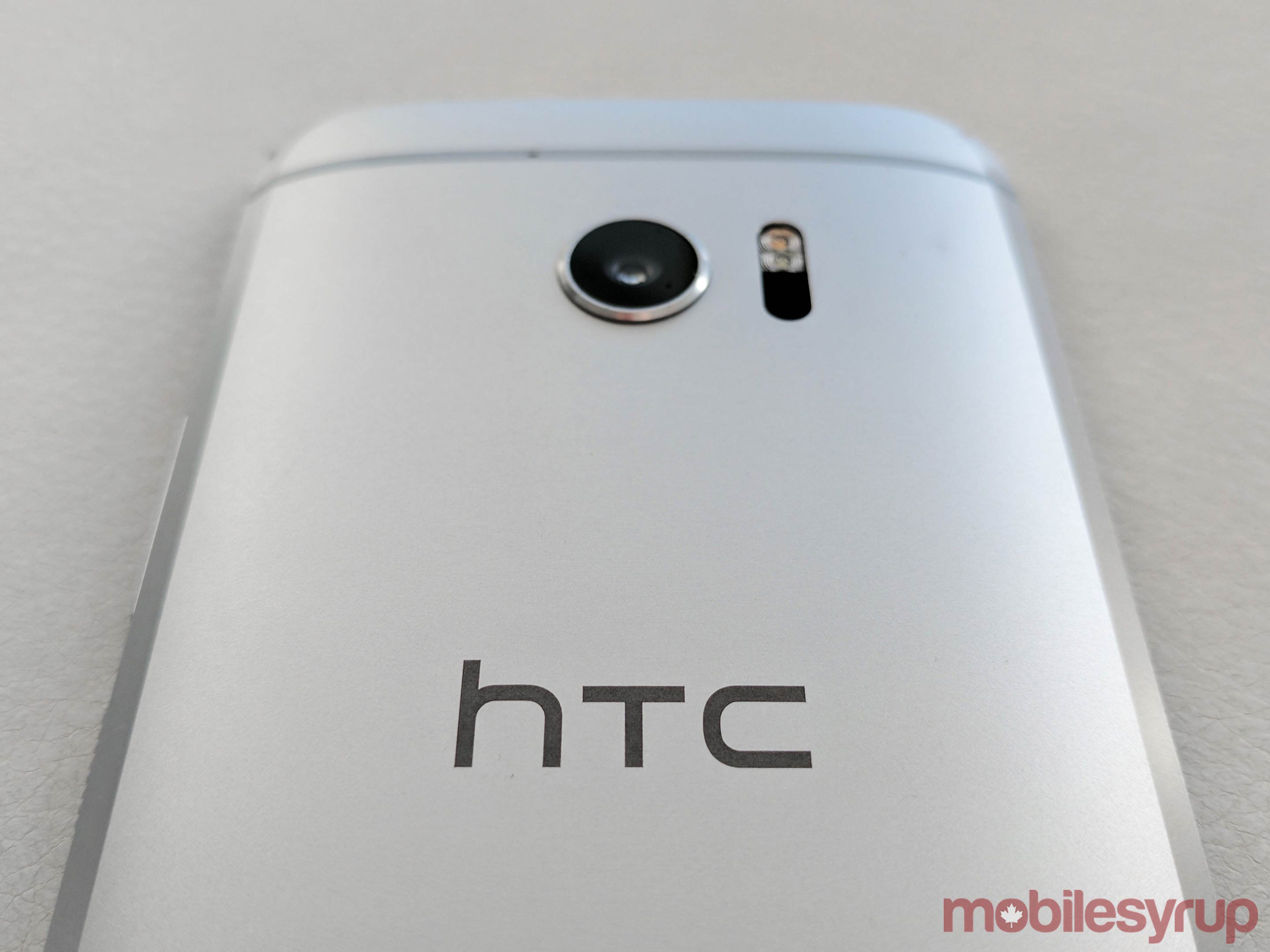
Unquestionably, this is where the HTC 10 separated itself most from its predecessor. The One M9 proved, once again, that more megapixels don’t mean a thing. There’s no sense in being able to zoom in or crop an image more when the composition is laden with flaws, and it turned out to be a drawback with terrible timing. Samsung and LG had each released excellent cameras well beyond what they had managed before around the same time.
The high megapixel count was HTC veering in a different direction after trying the larger UltraPixels in the M7 and M8. With the 10, it went back again, opting for a 12MP UltraPixel sensor with 1.55 micron pixels, a f/1.8 aperture, optical image stabilization (OIS) and laser autofocus. All that combined should yield solid low-light images, and for the most part, the results are a far cry from what the M9 could do.
The caveat, however, is that the larger pixels don’t always interpret light differently, regardless of source or time of day. Shooting in bright daylight or with high contrast affects white balancing, muting saturation just enough to dull the shot. When the lights dim, the effect reverses, outputting more vibrancy.
From the beginning, I felt this was a consequence of the Auto mode overcompensating when measuring exposure and metering. Pro mode does away with a lot of that, which is why I shot that way a good 80 per cent of the time. The results were consistently better, but I also knew I could trust Auto for basic snaps in a way I couldn’t with the M9.
A subsequent update added four presets to the Pro mode: Auto, Macro, Action and Night. At first, I thought them redundant, but then I realized how helpful they could be for users learning to use manual controls. The presets don’t always get the settings right because they will each default to set ISO or shutter speed. What works is that it saves a more inexperienced user time to adjust for better composition.
That goes for any time of day. Pro mode can do wonders in bright light, and being able to shoot in both JPEG and RAW offers even more flexibility for users in post-production.
The problem is that Pro isn’t connected to HTC’s Zoe camera mode, which always defaults to Auto. The one workaround was to use the Zoe Video Editor app and select images taken manually in Pro for a short clip. It’s more steps to an end goal, but at least it’s there.
By default, swiping down twice while the screen is off launches the camera. Every manufacturer seems to look for a way to make that snappy and effortless, and this one is, well, different, I guess. It’s not the most elegant one, but it tends to work.
As it stands…
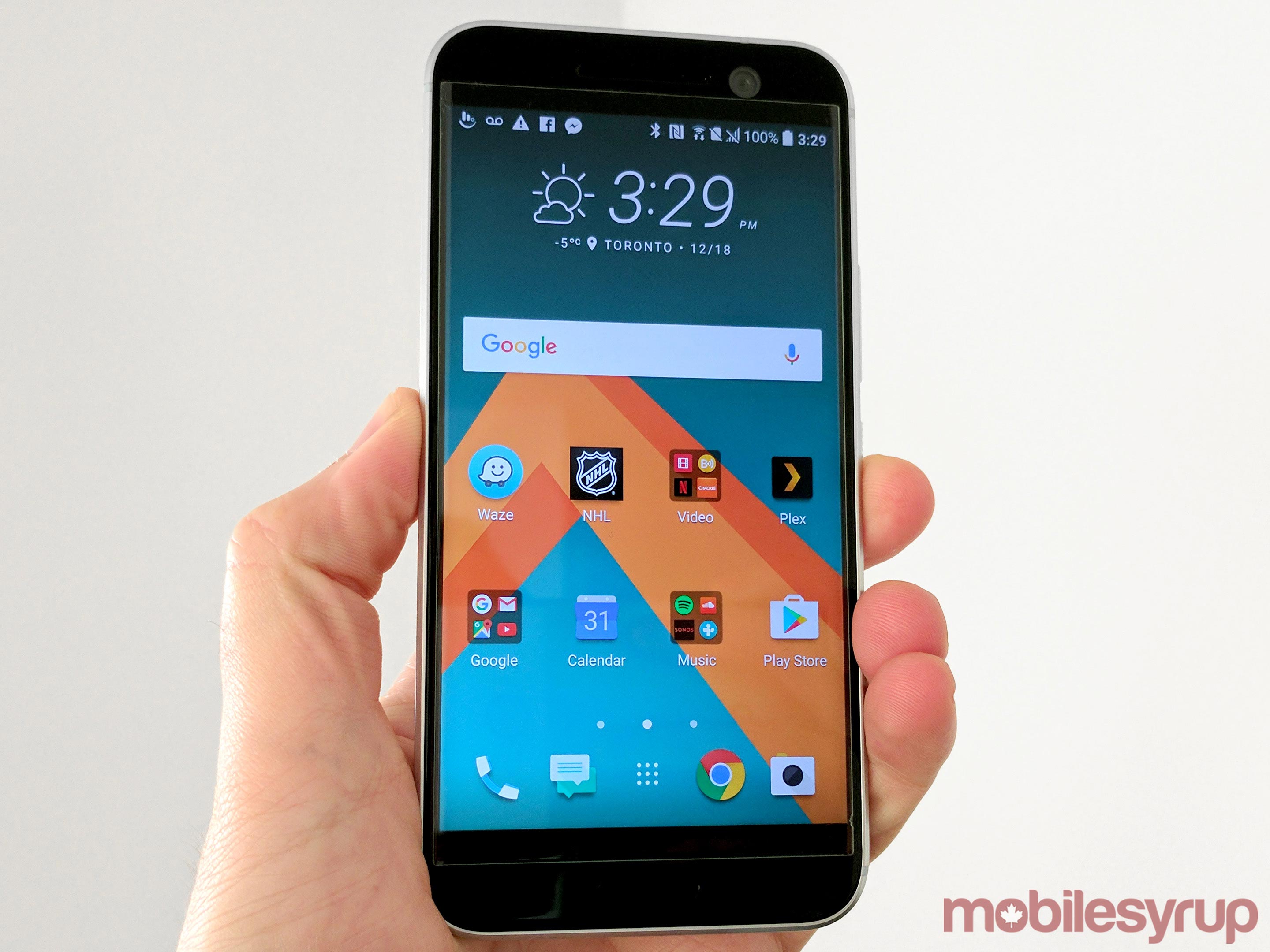
Two things immediately stood out for me a mere week into using the HTC 10: the camera was better and the phone didn’t heat up to the point of handheld discomfort. Qualcomm’s Snapdragon 810 was the real overheating culprit, ushering in newer chipsets that would run cooler.
A casualty of overheating is battery life, and with temperature under control, the 10 was better at staying on for longer. Months later, the battery still holds up well, though certainly not the two days of usage HTC had first posited. A full day of moderate usage takes up a large chunk, but recharging usually happens overnight.
The company’s growing pedigree in sound has stood out more here for private listening, rather than the speakers themselves. The One M8 is noticeably louder than the 10 is, which is hardly surprising. But the DAC in the 10 makes all audio sound crisper and clearer than previous models could. Even Samsung and Apple, who claim to offer great sound with their flagships, are not at the top of the podium on this one.
The support for Hi-Res audio isn’t new — Sony has been doing that for some time — but it’s the DAC that makes a bigger difference because it impacts all audio for any listener. Be it a playlist on Spotify, a DJ set on SoundCloud or 24-bit music files played natively, they sound better on this phone than they would on others that have no enhancements.
A good pair of headphones truly bears this out, as I experienced when using various models from the likes of Sennheiser, Parrot, Plantronics, Focal, Sol Republic and Jabra, among others. If good sound really matters, this is a phone worth considering. Even phone call quality sounded better, though not as much as music or talk programming did.
As of this review, Android 7.0 Nougat has yet to reach the HTC 10, though I’m personally intrigued as to what impact the update will have. As is, HTC has a flagship smartphone that is being overshadowed completely by the Vive. Two different product categories, of course, but for a company with a tenuous future, such a distinction matters because it raises questions on how long HTC plans to stay in the phone business.
This is the best smartphone the company has built on its own, hands down. Despite kinks that make it stumble along the way, the 10 outperforms its predecessors and looks good doing it. The problem is that few among the masses would have been able to notice. Offering the phone unlocked directly to consumers is great, and should always be an option, but when the price is as high as an iPhone or Galaxy S7, people need a reason to be excited to justify rolling the dice.
It’s available now for $749.99 unlocked and carriers no longer has it on its website. In other words, a high price with limited availability and pricing options. These are the sort of optics that don’t engender a lot of confidence.
And yet, the device holds its own just fine.
MobileSyrup may earn a commission from purchases made via our links, which helps fund the journalism we provide free on our website. These links do not influence our editorial content. Support us here.


